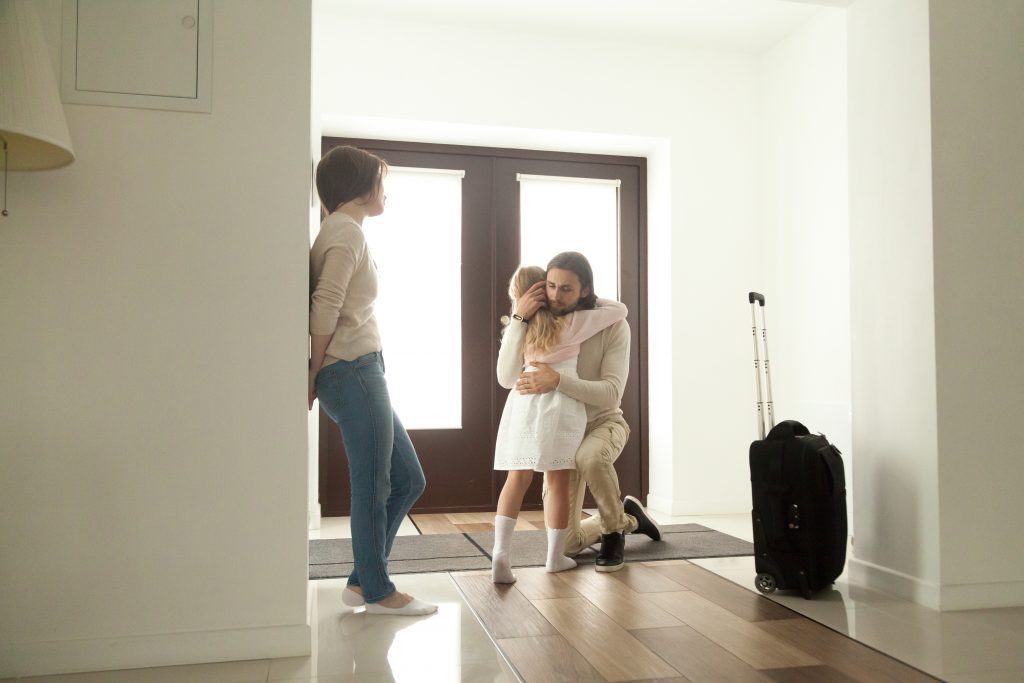4 Child Custody Basics Every Divorced Parent Should Know
Divorce is rarely easy and can cause emotional distress to both the parents and the children. A divorce should be handled in ways that cause minimal effects on the children’s lives. It’s usually hard to explain to them what will happen next after the divorce like, whom they’ll live with, and the extent to which their lives will change. Most of the time, parents prefer to settle child custody arrangements privately or with the help of a mediator.
However, if it becomes difficult to agree, the matter is settled in court, with decisions made in the child’s/children’s best interest with the help of lawyers conversant with family law practice.
In physical custody, the children will live with one of the parents, and their needs will be a shared responsibility between the parents. The other parent may be awarded visitation rights.
On the other hand, legal custody refers to the parent’s right to make decisions concerning the child’s life, such as the child’s religious education, healthcare, and even the school they’ll attend. These custodies can either be sole or joint, depending on the severity of the separation.
It’s, therefore, necessary for divorced parents to know the best type of custody for their children:
1. Joint Custody
This type of custody involves a total commitment of both parents sharing parental responsibility for their children. It means that both parents are actively involved in the children’s upbringing. Joint custody can be in a form of joint legal custody, joint physical custody, or both. Joint legal custody is where both parents make major decisions that affect their children, such as choice of school, health care, etc. Whereas; joint physical custody enables the children to alternate and spend time with each parent and each parent to spend time with the children. This type of custody reduces the feeling of loss, as the child spends roughly the same time with both parents.
2. Split Custody
This type of custody involves multiple children. Custody arrangements are done, and the children are divided between each parent. They could live permanently with one parent, or they could be rotated to spend equal amounts of time with each parent. However, split custody can cause siblings to be separated because they are rarely all together. Courts rarely give this type of custody because it can further break relationships. It is because children don’t get to spend time with their parents with their siblings. Split custody is however advisable when there’s a child with mental health issues. And siblings don’t get along, or when children have extremely different interests.
3. Sole Custody
It means that only one parent has full custody, physical and legal, and can make decisions on behalf of the children without consulting the other parent. The children will spend most of their time with one parent but may also have supervised visits with the other parent. Parents need to be patient with their children when going through sole custody. It is to make transitions for the children easier and not rush them into ‘coping.’ Sole custody can be granted mostly in cases where the other parent is deemed unfit or irresponsible. Cases such as child neglect, a violent past, drug and alcohol abuse, child abuse, incarceration, or mental instability are grounds for sole custody. This type of custody is not permanent, as the other parent can still plead their case with time.
4. Third-person Custody
It’s when a third party gets awarded the rights of child custody by the court if they might seek it. Normally, this custody is sought by a grandparent or other close relatives. There might be a point in life where this third party was the primary caregiver of the child or children. Various circumstances such as the death of the biological parents or when the parents are deemed unfit to take care of the children occur. This unavailability of parents makes a third-party caregiver eligible for custody. Even so, third-person custody is not a permanent arrangement. Since it’s only the state that can terminate parental rights, but the court can adjust non-parental custody later on. Determined biological parents can work their way back to gain custody of their children. They can prove to the court that they’re fit to take care of their children once again.
Conclusion
Even before divorce is formally settled in court, a spouse can ask the court for a directive to temporarily put in place things like child custody and visiting arrangements. It’s done to better assess their financial situation and create an environment in the child’s or children’s best interests. Parents should make sure that whatever custody they agree on, it should be beneficial to the children and not selfishly decided upon. Knowing the custody options available for you can help lessen the stress, anxiety, and confusion that comes with divorce for your children. All types of custody are not permanent; therefore, parents who feel under-expressed or misunderstood still have the option of challenging the court’s decision and pleading with their case.




